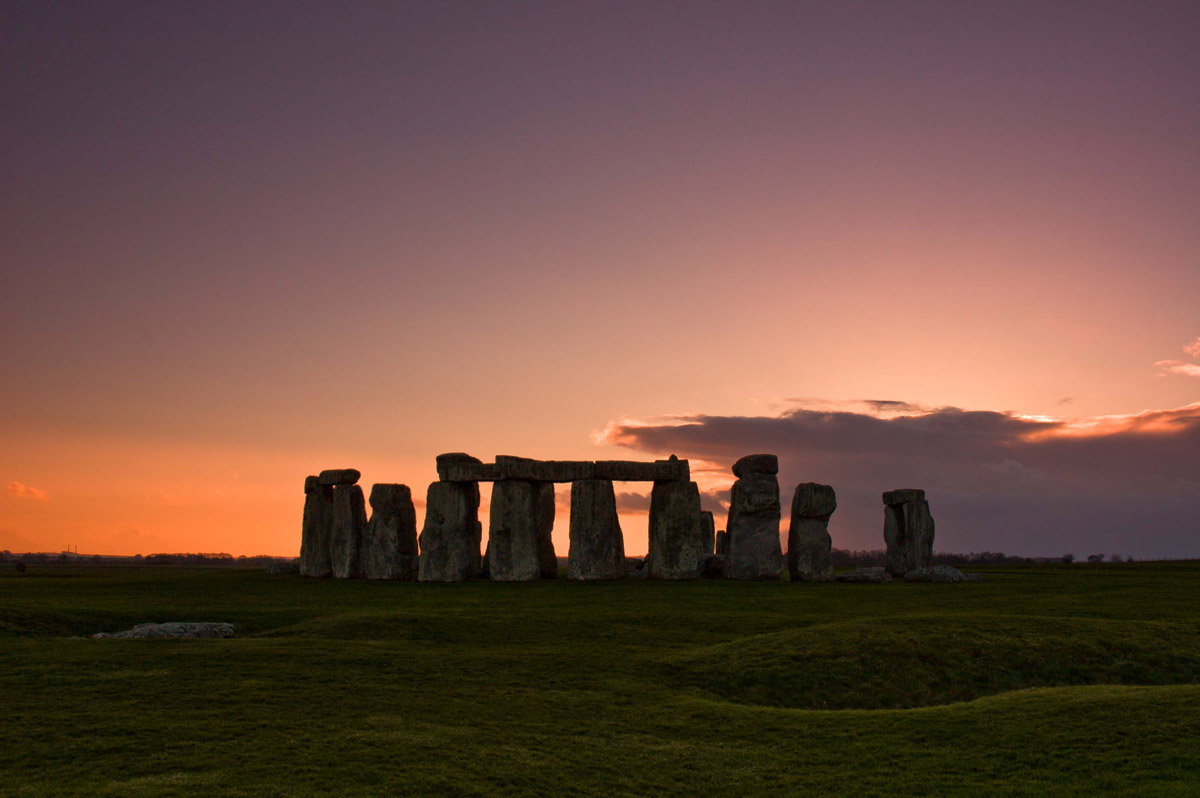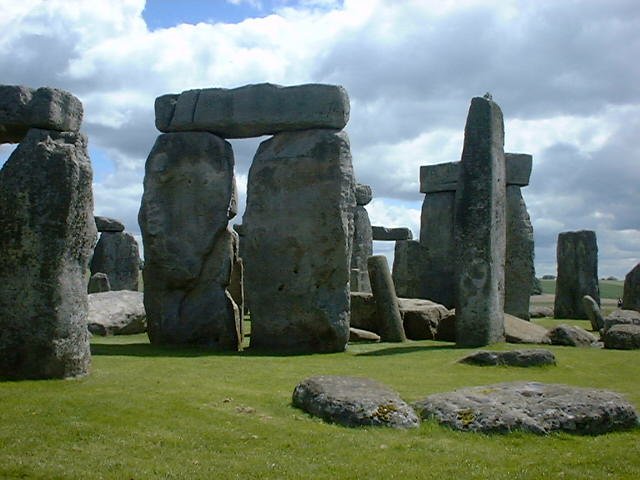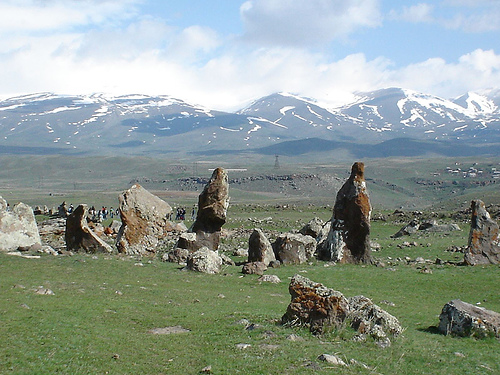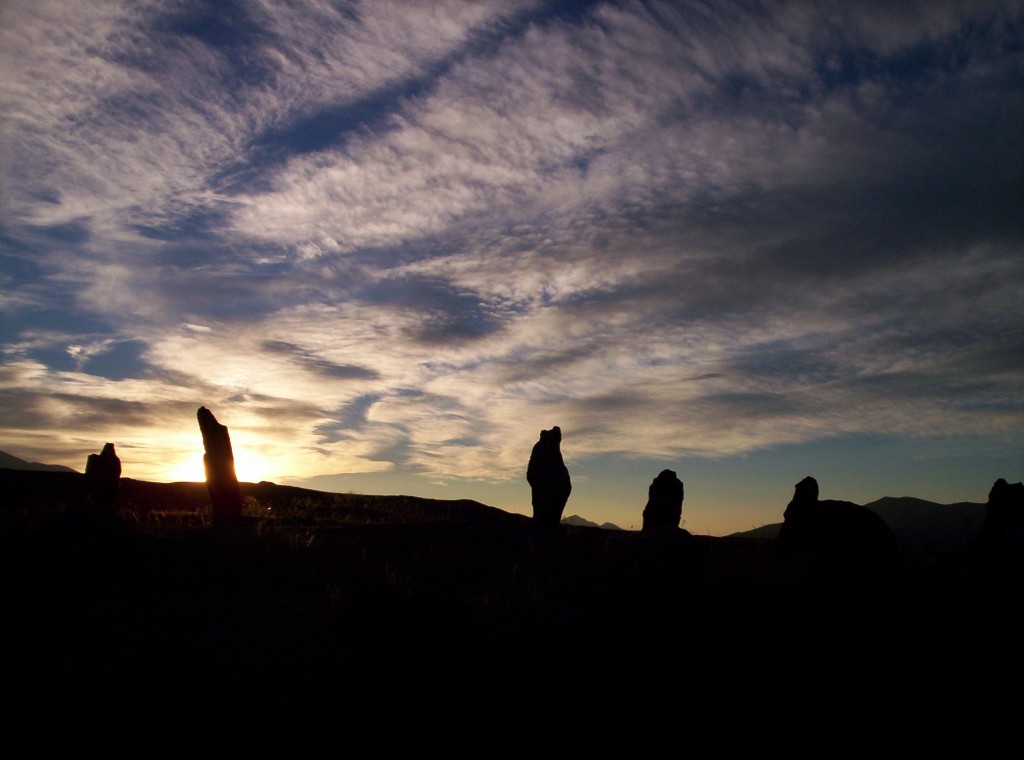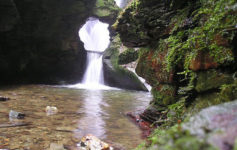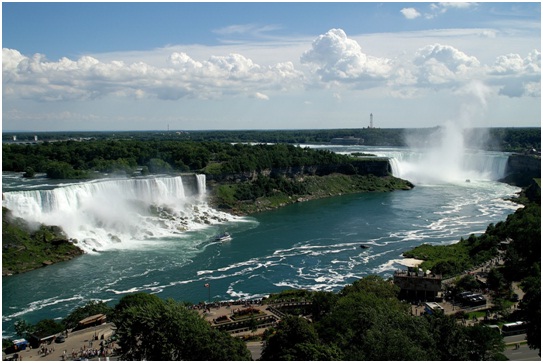The stones are great
And magic power they have
Men that are sick
Fare to that stone
And they wash that stone
And with that water bathe away their sickness…
Layamon, a 13th century British poet
Are you planning a family holiday in Britain and have not yet decided where to spend an unforgettable family day out? Look no further and visit the World Heritage Site of Stonehenge, a breathtaking prehistoric monument located near Salisbury in the beautiful Wiltshire countryside. Surrounded by hundreds of round barrows, Stonehenge is surely Britain’s greatest national icon and one of the most thought-provoking ancient monuments of the world that never fails to dazzle.
 The Stonehenge has fascinated people from all over the globe for thousands of years but the true meaning of this awe-inspiring and mysterious monument has been lost in the mists of time, and be it a temple for sun worship, a burial site, a healing center or an enormous calendar, one thing still remains obscure: how could people carry the mighty stones from so far and build this fascinating structure only with the help of very primitive tools?
The Stonehenge has fascinated people from all over the globe for thousands of years but the true meaning of this awe-inspiring and mysterious monument has been lost in the mists of time, and be it a temple for sun worship, a burial site, a healing center or an enormous calendar, one thing still remains obscure: how could people carry the mighty stones from so far and build this fascinating structure only with the help of very primitive tools?
Many legends have been told about this stunning man-made structure, one of them being the legend of the dancing giants that have turned into stones, resulting in the circular position of the stones. Another interesting myth credits that High King Aureoles Ambrosias desired to build a monument to his three hundred English noblemen who were massacred by the Saxons.
Interesting facts about Stonehenge
- Two types of stone were used to construct the Stonehenge: the Bluestones, weighting as much as 4 tons, and Sarsen stones, averaging 18 ft in height and 25 tons in weigh.
- The bluestones were brought from 240 miles away, at the southwestern tip of Wales.
- Scientists have estimated that the construction of Stonehenge required over thirty million hours of labor.
- Stonehenge was constructed in three phases by three different cultures, with a time span of 1,500 years.
- The key stones are aligned with many solar and lunar events including Solstices and Equinoxes.
- It is said that the ditch of the Stonehenge was dug with tools made from the antlers of red deer.
- The builders of Stonehenge are believed to be Druids, Greeks and Atlanteans.
- The circle has been aligned to coincide with the midsummer sunrise and midwinter sunset. The southerly rising and northerly setting of the moon is also seen.
- Shoulder blades of cattle or oxen were used as shovels to clear away the stones.
- The Crown is the owner of Stonehenge and the National Trust owns the surrounding land.
- An altar stone is situated right in the middle of the Stonehenge within the bluestone horseshoe construction.
- To raise this magnificent monument, sophisticated mathematical and geometrical engineering plan has been implemented by the builders.
- The Amesbury Archer is believed to be the brain behind the concept of the Stonehenge.
- There are nine hundred stone rings in the British Isles among which the Stonehenge is the most renowned.
- The word ‘henge’ means a prehistoric monument built in a circular area with standing stone or wooden pillars that is often enclosed by a bank or ditch.
While in Stonehenge, do not miss out to visit the superb gift shop and the Stonehenge Café. Audio tour in ten languages is also available.
‘Stonehenge’ in Armenia
Located in the Caucasian Mountains on the Black Sea, between Russia and Turkey, Armenia is a land-locked mountainous country, famed for its rich ancient history, state-of-the-art architecture, remarkable examples of sacred geometry and prehistoric structures of cultural significance, including the Stonehenge or Carahunge (‘car’ meaning ‘stone’ and ‘hunge’ meaning ‘sound, voice’), a prehistoric observatory that consists of 204 stones sitting like soldiers on a territorial area of approximately 7 hectares. With a history of 7,500 years, these simple stones near Sissian have been ascribed with mythical, fertility and cosmic powers.
Scientists believe that there is a tight connection between the observatory in Armenia and Stonehenge in Britain; since the latter is much younger (4,000 years) and the name itself is similar to the Armenian name.
Did You Know that…
- 84 of Carahunge stones were found to have holes.
- Some of the main functions of Carahunge were to serve as the temple of AR (Sun) – the father and main God of the Armenians; to provide protection through TIR, the Armenian God of science, and to serve as a University.
- A series of scientific expeditions have been carried out which have solved a number of tasks: the exact topographical map of Carahunge was prepared; the magnetic deviation, latitude and longitude of the site was measured and many unique astronomic instruments were identified that observed the Sun, the Moon and stars at their rising and culmination moments.
- The basalt stones rise up to 3 meters.
- Carahunge is believed to be the oldest observatory in the world.
This mysterious scattering of stones in the middle of nowhere on the plateau is something worth a visit, to believe that it’s very similar to Stonehenge – the ‘Best Historic Site in Britain.’
